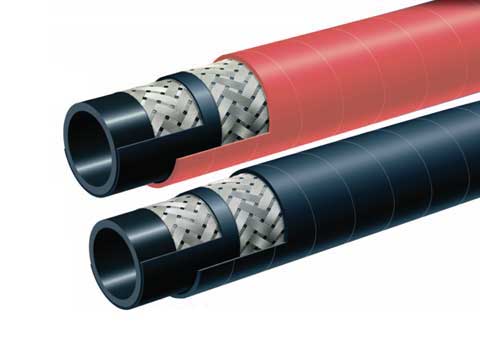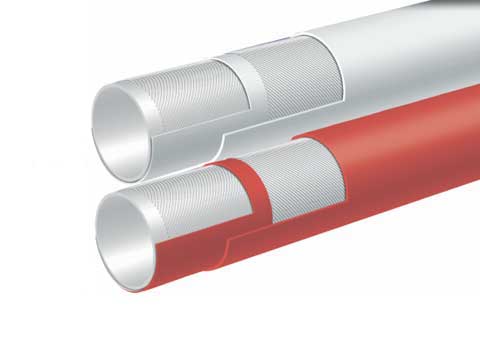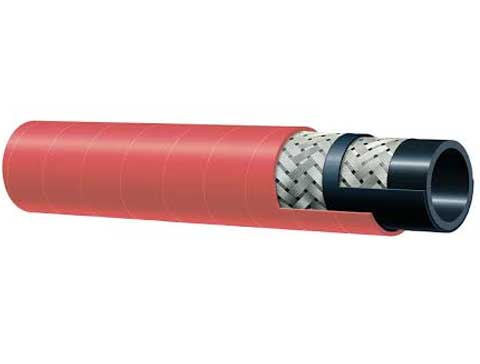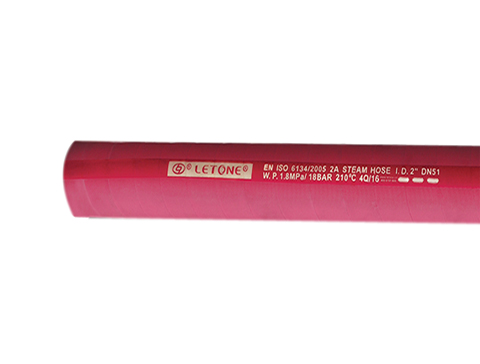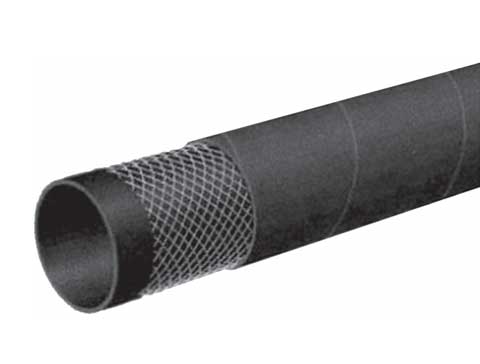Specifications and characteristics of return hose
The service life of a return hose depends on many factors. The bending radius of the hose is one of the most important. It increases with hose pressure and size. This allows the hoses to resist excessive pressure.
The fittings on a hose should be able to handle the pressure that it will be exposed to. Ideally, these should be low-flow impedance quick connects that will minimize the pressure drop.
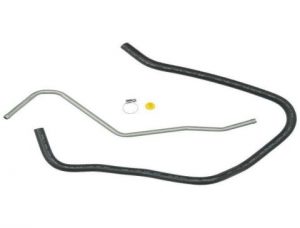
how to extend the service life of the return hose
A return hose must be durable enough to withstand the rough usage it is likely to receive during its life. It must also have good abrasion resistance and be easily repairable. It is also important to make sure the hose is mounted correctly and securely. Failure to do so can lead to premature hose failure and damage. It is important to use a hose compatible with your car. Fiix is a mobile mechanic who can help you determine the type of hose you need.
The life expectancy of a hose is affected by its operating conditions. This includes temperature extremes and pressure fluctuations. These factors can cause premature aging of the hose tube and cover as well as fatigue in the reinforcements. In addition, a poorly designed or manufactured hose can be damaged by abrasion and exposure to the elements.
Keep your return hose away from hot surfaces or machines to extend its service life. It should also not be bent at an acute angle or bent, as this will put strain on the reinforcement, reducing its lifespan. It is also advisable to use elbows and adapters where possible, as this can prevent the hose from being pulled and stretched.
reasons for the fracture of the inner steel wire layer of the return hose
Power steering return hoses play a vital role in the power system of an automobile. They transfer pressurized power steering fluid from the pump to the reservoir. They must also withstand both internal pressure and pulsation. They are also exposed weather, ozone and oil-based liquids. Therefore, the hose should be fastened correctly to prevent leaks. This can be done by using hose clamps with constant tension. If you use a clamp with a worm-drive, it can cause a loose connection.
The inner steel wire layer of the return hose is subjected to axial tensile stress, bending stress and torsional shear stress. The different stresses lead to a large amount of local strains in the wire strands. This can cause the wire to break at specific points. The failures are often visible in the form of fatigue breaks. They may have a crooked appearance and appear to be wider at the center.
The failures of the returned hose are caused by a phenomenon called central bursting. This phenomenon occurs when forming operations are performed and causes the central portion of the strands to break. Segregation, improper heat treatments and an incorrect combination of semi-die angles are usually the causes of central bursting. This can cause a brown layer to appear on the surface of a strand. This layer is brittle and hard and can cause wire breakage during drawing.
The main raw materials used to make the return hose
A return hose is designed to handle low-pressure fluid lines. It can be used to transfer petroleum- and waterbase hydraulic fluids as well as lubricating oil and antifreeze solutions. It is also able to withstand high temperatures. It is suitable for use in blowers, grinders, mowers, off-road engines, and pressure washers.
The main raw materials used in the manufacture of flexible hoses are rubber, polyurethane, and PTFE. The rubber is made of natural and synthetics. It has good abrasion resistance and oil resistance. It is also suitable for use in applications where it must be flexible and resistant to vibration.
Besides rubber, other common raw materials for hoses are thermoplastic polymer materials. These are tolerant to heat and chemicals. They can also be used for transferring liquid food products and edible grains. They are also durable enough to withstand suction and discharge pressures.
To ensure safety and longevity, a return hose should be made from the right material. It should be resistant against high temperatures and pressures, and have a steel spiral to prevent bending. It should also be equipped with a SO ground wire to prevent static electricity. These requirements are essential when choosing a return hose for your vehicle.

